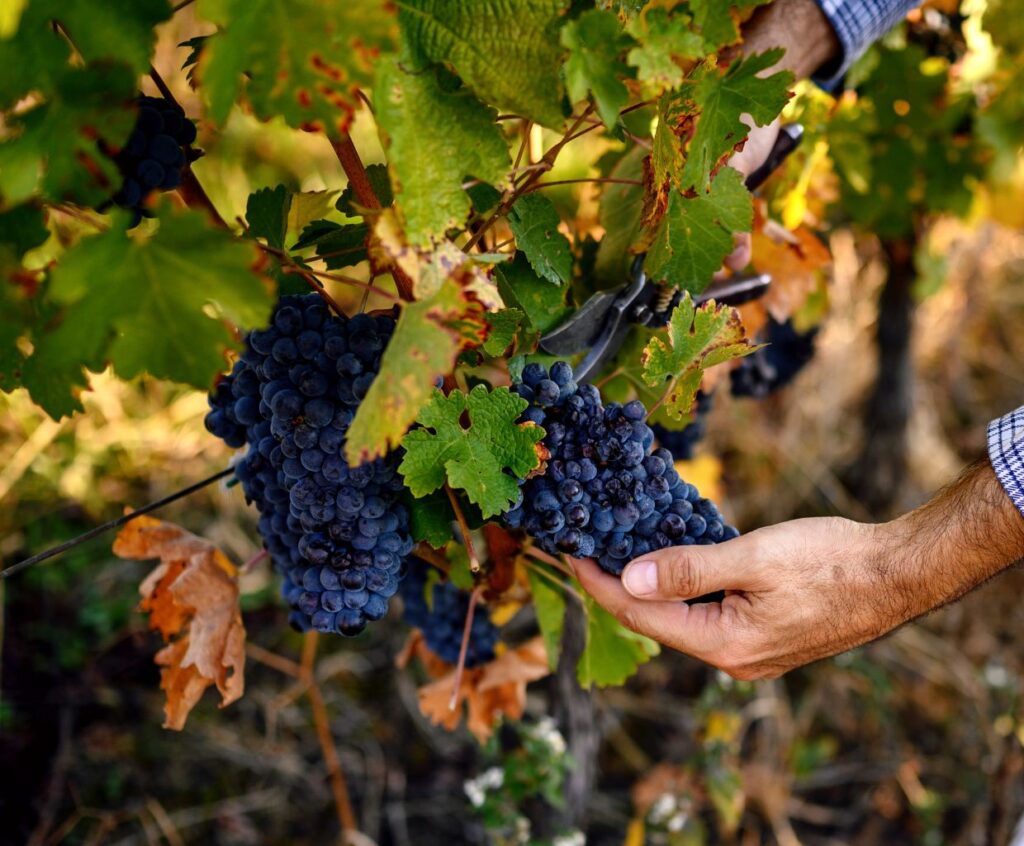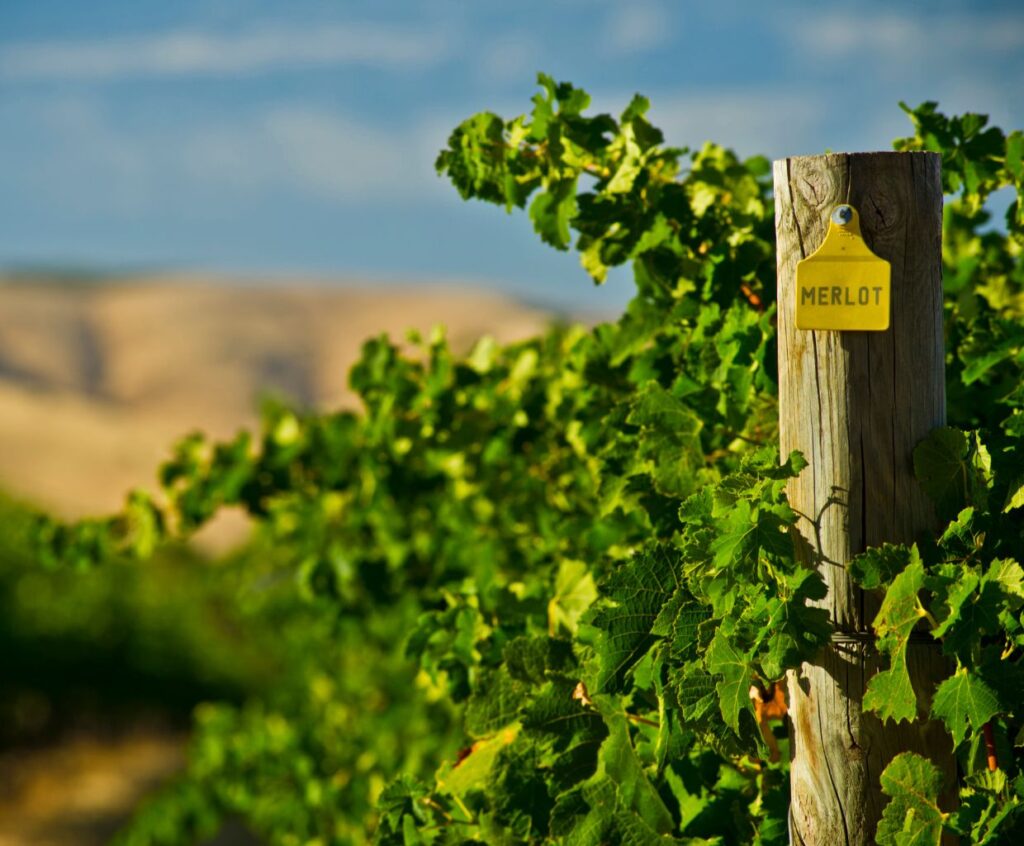Exploring Similarities: Malbec Wine and Its Resemblances to Other Varieties
Malbec wine, originating from the South West region of France, has gained tremendous popularity in recent years. This rich and robust red wine variety has also found a new home in Argentina, where it has achieved great success.
While Malbec is unique in its own right, it is interesting to explore the similarities it shares with other wine varieties worldwide.
Resemblances to Cabernet Sauvignon
Malbec and Cabernet Sauvignon share similar characteristics that make them stand out among red wine enthusiasts. Both varieties are known for their deep, dark color and bold flavors. They exhibit prominent tannins and are often aged in oak barrels to enhance their complexity.
Moreover, both wines pair exceptionally well with grilled meats, making them popular choices for barbecues and steak dinners.
Similarities to Merlot
Another red wine variety that shares resemblances with Malbec is Merlot. Both wines are characterized by their smooth and velvety textures, making them a delight to sip. They often exhibit notes of dark fruits, such as plum and blackberry, with a touch of spice.
Malbec and Merlot can be enjoyed independently or paired with various dishes, from roasted vegetables to hearty pasta dishes.
Comparisons to Syrah/Shiraz
Malbec also showcases similarities to Syrah, also known as Shiraz, in some regions. These wines share a similar full-bodied nature and exhibit rich, dark fruit flavors. They both have a noticeable spice component, with Malbec often displaying hints of black pepper and Syrah/Shiraz showcasing black pepper and other savory spices.
These wines are often favored with robust, flavorful dishes like lamb or game meats.
Malbec Wine and Its Resemblances to Other Varieties – Conclusion
While Malbec wine possesses unique characteristics, its resemblances to other red wine varieties create intriguing connections in the world of oenophiles. Whether you prefer the boldness of Cabernet Sauvignon, the smoothness of Merlot, or the spiciness of Syrah/Shiraz, exploring the similarities between these wines can enhance your appreciation and understanding of the diverse world of red wines.
How does the flavor profile of Malbec wine compare to other red wine varieties?
Malbec wine has a distinct flavor profile that differentiates it from other red wine varieties. Overall, Malbec is known for its bold and robust characteristics. Here are some critical differences in the flavor profile of Malbec compared to other red wines:
1. Fruitiness: Malbec wines typically exhibit intense fruit flavors. You can expect to find notes of blackberry, plum, cherry, and sometimes blueberry. This fruitiness is often more pronounced in Malbec than in other red wines.
2. Earthiness: Malbec often has earthy undertones, including flavors like tobacco, leather, and cedar. These earthy notes contribute to the complexity of the wine and add depth to its overall flavor profile.
3. Tannins: Malbec wines tend to have medium to high levels of tannins, which are responsible for the drying sensation in the mouth. These tannins can give Malbec a firm and structured feel, making it an excellent wine for aging.
4. Acidity: Malbec wines generally have moderate acidity levels. The acidity helps balance the fruitiness and richness of the wine, making it more refreshing and food-friendly.
5. Body: Malbec is typically a full-bodied wine. It has a rich and velvety texture that coats the palate, providing a satisfying mouthfeel.
Comparatively, other red wine varieties may exhibit different flavor profiles. For example, Cabernet Sauvignon is known for its bold blackcurrant and herbaceous flavors, while Pinot Noir is lighter with delicate red fruit notes.
Merlot tends to be softer and more approachable, with black cherry and plum flavors. Syrah/Shiraz can have intense blackberry and peppery characteristics. Ultimately, the flavor profile of each red wine variety can vary depending on factors such as region, winemaking techniques, and aging processes.
Are there any notable resemblances between Malbec and Syrah regarding body and tannin structure?
Malbec and Syrah are both red wine varietals that can exhibit similarities in body and tannin structure, but there are also notable differences between the two.
In terms of body, both Malbec and Syrah are generally considered to be full-bodied wines. They often have a rich and robust mouthfeel, with a substantial weight on the palate. However, Malbec is often perceived as slightly lighter in the body than Syrah, which can be more intense and powerful.
Regarding tannin structure, both Malbec and Syrah can have moderate to high levels of tannins. Tannins are natural compounds found in grape skins, seeds, and stems, which contribute to the dry and astringent sensation in the mouth. Unlike other red varietals like Cabernet Sauvignon, Malbec typically has softer and more approachable tannins. However, Syrah can have more pronounced and grippy tannins, which can give the wine a firm and structured character.
Overall, while Malbec and Syrah share some similarities in terms of body and tannin structure, nuanced differences make each varietal unique. Tasting wines from different regions and producers is always recommended to explore their characteristics fully.
What are the similarities between Malbec and Cabernet Sauvignon regarding aroma and aging potential?
Malbec and Cabernet Sauvignon are red wines known for their rich aromas and aging potential. Here are some similarities between them in terms of aroma and aging potential:
1. Aroma: Malbec and Cabernet Sauvignon wines have intense and complex aromas. They often exhibit notes of dark fruits like blackberry and black currant, along with hints of spice, tobacco, and earthy undertones.
2. Tannins: Both wines are known for their firm tannic structure. Tannins provide structure and contribute to the aging potential of the wines. They can give a slightly drying sensation in the mouth and help the wines develop complexity over time.
3. Aging Potential: Malbec and Cabernet Sauvignon have excellent aging potential. They can age gracefully with proper cellaring for several years, allowing the flavors to evolve and mellow. These wines’ tannins help them age well and develop more complexity and depth.
4. Oak Influence: Malbec and Cabernet Sauvignon wines are often aged in oak barrels. This oak aging imparts additional flavors and aromas to the wines, such as vanilla, cedar, or toastiness. The oak aging also contributes to the wines’ aging potential by adding structure and allowing them to develop more complexity.
Both Malbec and Cabernet Sauvignon share similarities in their rich aromas, tannic structure, and aging potential. However, it is essential to note that there can be variations in these characteristics depending on the specific region, winemaking techniques, and individual wine producers.




